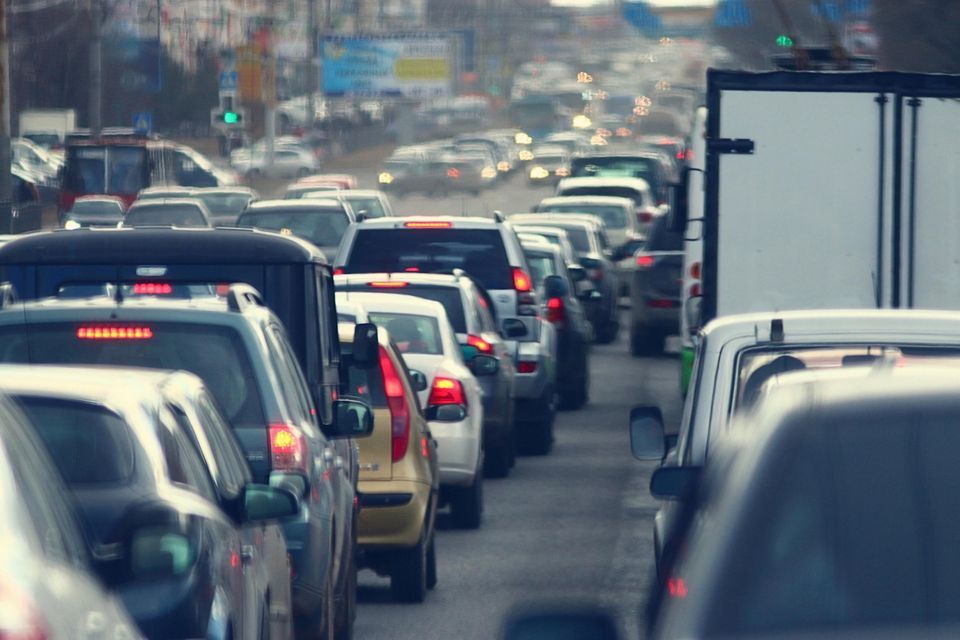Tougher emissions cuts loom as new report says climate actions fall ‘well short’ of target
The government may have to consider restrictions on private car use if Ireland is to meet climate targets.
Households, businesses and farmers face new and more radical demands to cut their carbon footprint after a review showed current plans do not go far enough.
The Government now has the choice of putting a tighter squeeze on fossil fuels, livestock numbers and private car use, or throwing in the towel on achieving climate targets.
That's the message from a stark new assessment which finds that even if every climate action measure currently committed to is implemented in full, Ireland will still “fall well short” of targets.
A 29pc cut in greenhouse gas emissions might be achieved by 2030 if every action is taken in full.
That would be significant for a country that has been slow to take climate action, but the law requires a cut of 51pc.
The implications for Government policy are huge. Already highly ambitious goals of rolling out one million electric vehicles and 680,000 home heat pumps by 2030 may have to be scaled up.
Tough decisions on banning the installation or replacement of oil and gas heaters, expansion of no-car zones and cutting herd sizes also loom.
Fast-tracking of more and bigger onshore wind and solar farms may be unavoidable while waiting for the more complex offshore versions to take shape.
Read more
The report, from the Environmental Protection Agency (EPA), says “planned climate policies and measures, if fully implemented, could deliver up to 29pc emissions reduction by 2030”.
To aim for 51pc, it would be essential to “identify and implement further policies and measures”.
“Ireland needs to grasp the nettle of climate action,” said Laura Burke, EPA director general. “A continued lack of delivery of large-scale practical actions to decarbonise activities in all sectors will see us exceed our carbon budgets.”
Current measures should have put the country more closely on track to achieving the 51pc reduction, but efforts are being derailed by population rise, full employment and economic growth.
Although these are positive trends, they increase demand for energy and nowhere near enough green fuels and electricity are being produced, supplied or used.
A further complication is that the Government has failed to allocate responsibility for emissions from stripped peatlands and ageing forests.
A strategy to address that gap in the plans has been promised for some time. The EPA says if firm measures were drawn up to deal with it and were implemented, emission cuts by 2030 could reach 42pc.
As things stand, almost all sectors are set to exceed their carbon budgets or “emissions ceilings”, with the agriculture, industry and electricity generation sectors projected to be the furthest from their sectoral ceilings in 2030.
The analysis comes amid bitter rows over land use reform with TDs and MEPs from the main Government and Opposition parties railing against EU nature restoration proposals that would change farming in ways that would help with Ireland’s climate targets.
That followed similar pushback within the coalition over Green Party proposals to reduce private car demand.
This is despite continuous warnings from climate scientists that emissions are driving global temperature rise, causing widespread climate change and weather disruption with intolerable heatwaves, droughts, deluges, floods, wildfires, irreversible ice melt and sea-level rise.













